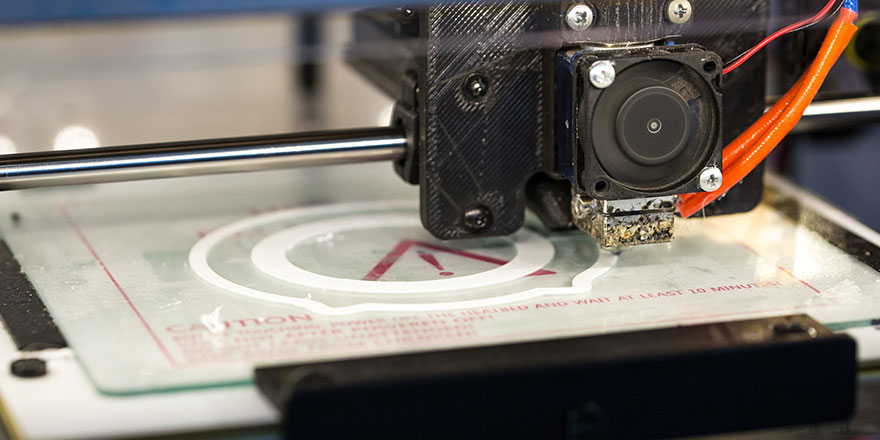EIT Digital supported project aims to change 3D printing

3D printing of industrial end-use components could save manufacturers precious time and money.
For several reasons, 3D printing has not become widespread yet. A major barrier is that engineers and designers are not always familiar with 3D printing, and therefore it’s not easy for them to understand which combination of process, machine and material to use to print a specific component.
EIT Digital supported approach
'Automation Support for Additive Manufacturing', an activity supported by EIT Digital as part of the OEDIPUS High Impact Initiative, is set to be a game-changer, making it easier and faster for businesses to switch from traditional to additive manufacturing. The activity partners are Aalto University, Siemens, and DeskArtes.
At Aalto University we created a database with up-to-date relevant data for 3D printing of end-use components. The database contains comprehensive data including machines, materials, mechanical properties and accuracy levels required to print a certain component; also listing post processing steps and other factors. Consequently, this information and their theoretical connections were forwarded to Siemens to create knowledge graphs, linking this data logically with each other.
Niklas Kretzschmar, Aalto’s activity leader
The result is an 'ontology of additive manufacturing', taking the form of a software add-on, a plugin that will be integrated and commercialised by DeskArtes as an extension to its 3D data expert software.
Usability
The usability of the EIT Digital supported solution is pretty straightforward. All the user has to do, in fact, is to specify size, material and surface characteristics or upload the CAD file (including additional information) of a certain component to receive all 3D printing alternatives automatically.
For instance, you want to investigate printing a complex industrial component out of a specific metal alloy and the system would tell you which metal additive manufacturing process, machine and material type could ideally be used to address user demands. In this context, the system additionally provides feedback on certain mandatory post processing steps as well as optional measures that could be beneficial for you.
Niklas Kretzschmar, Aalto’s activity leader
In the past, to get to the same results, in-depth manual research from the user was needed to access all the related data and get relevant answers; because of the complexity of the process the consequence was all too often sub-optimal printings (too expensive or not conforming to the product requirements).
With this EIT Digital-supported solution, the process has been largely automated and there’s no longer much room for mistakes from non-additive manufacturing experts. The system, which will be sold to manufacturing, system development and service companies, is now undergoing a pilot testing phase with three trial customers and is going to be marketed by the end of this year.


 Share this page
Share this page


